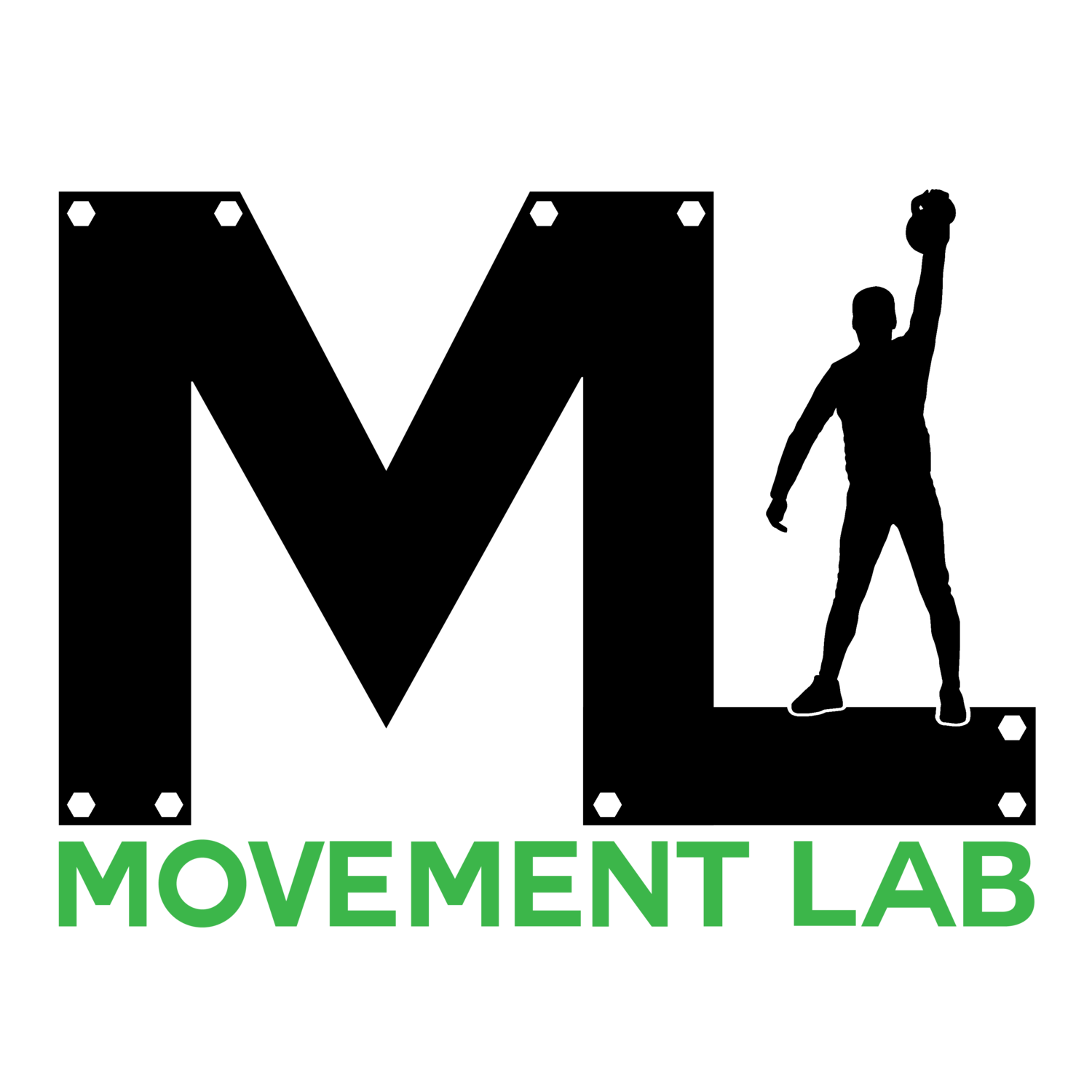Quality Movement
“First move well, then move often” -Gray Cook
Many people associate fitness with how much you can lift or how long you can run but often neglect the quality of their movement. While appropriate training intensity is a critical component to yielding the results most people are looking for, quality movement should come before striving for the greatest workout intensity.
The moment we are born we start adapting to the life around us. As infants, we go through key developmental stages of movement that give us the foundation we need to adapt to the environment around us. However, as we get older we learn how to change the environment to make things easier and more comfortable for us which leads to inefficient movement patterns as adults. These inefficient movement patterns are often overlooked when suddenly working harder to become faster, stronger, and/or leaner. Adding fitness to dysfunction could lead to detrimental effects that could have been 100% avoidable with the right training protocol.
Fig. A: physical limitations, inefficient squat pattern
Fig. B: efficient squat pattern
How do we identify dysfunction?
In the Movement Lab at Focus on Health, we utilize the Functional Movement Screen (FMS). This screen is designed to take individuals through vulnerable movements requiring stability and mobility. If an individual lacks these requirements, compensatory patterns become identifiable. Compensatory movement will lead to poor biomechanics that limit gains in performance and the ability to remain adaptable and durable against the risks of being involved in physical activities.
The FMS gives us a way to identify asymmetries and restrictions found in the screen and prioritize deficient movement patterns. When we identify dysfunctional movement patterns, it provides a chance to improve and correct them. By improving movement quality, there is less risk for injury, potential for bigger lifts, and greater muscle recruitment… giving you a better shot at achieving your specific goals.
Unfortunately, if movement dysfunctions are not addressed appropriately, compensatory movement patterns will occur leading to an increased risk of injury and distancing you from your goals. This is why movement quality is so important. Forgetting the foundation of movement we learn as children then deciding to make a lifestyle change to improve our health through exercise can be detrimental if not done with the proper precautions.
So remember, quality is always greater than quantity!


